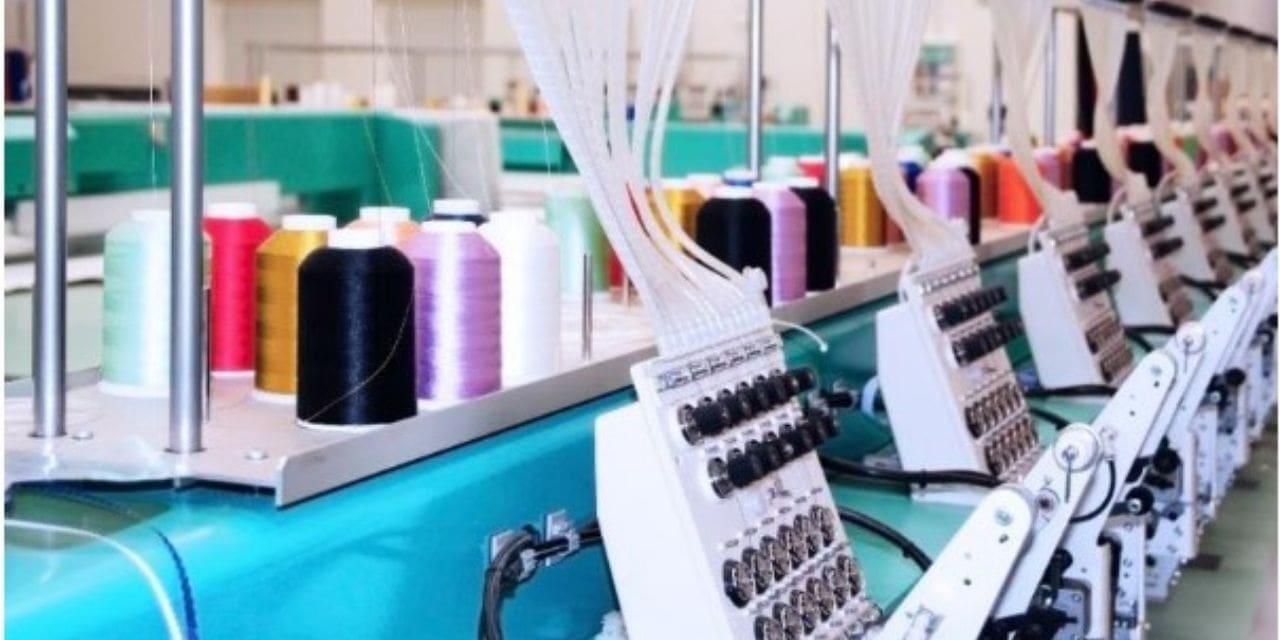Introduction:
The market for textile garments is a vibrant, constantly changing sector of the world economy. This market includes the manufacturing, selling, and distribution of apparel and accessories manufactured from different textiles. This article will examine the textile clothing market’s current situation, major trends influencing the sector, obstacles it faces, and prospects for the future.
Our daily lives revolve around textile apparel, which includes both our clothes and accessories. These clothes are constructed from a range of materials, each with special qualities to suit various demands and tastes. This article delves into the world of textile garments, looking at its production methods, history, and various types of materials as well as its significance for both practicality and style.
In order to create textile fibers, yarns are frequently knitted, woven, and felt in exact patterns before being processed to create a length of cloth. Natural fabrics include things like cotton, jute, silk, flannel, denim, leather, hemp, wool, velvet, and linen. Due to their many beneficial properties, such as their high resistance to alkalis, acids, heat, and moisture, some textiles are widely used in the manufacturing of air filters, carpets, coated fabrics, insulating materials, and cushioning clothing.
The Importance of Textile Apparel
Textile apparel plays a vital role in our lives for several reasons:
- Protection: Clothing provides protection from the elements, such as cold, heat, rain, and wind. Specialized apparel can also offer protection in hazardous environments.
- Comfort: Well-designed and properly fitted clothing enhances comfort, allowing individuals to perform daily activities with ease.
- Expression: Fashion is a powerful means of self-expression. Through clothing choices, individuals can convey their personality, culture, and social status.
- Functionality: Apparel designed for specific activities, such as sportswear, workwear, and medical uniforms, enhances performance and safety.
- Economic Impact: The textile and apparel industry is a significant contributor to the global economy, providing employment and driving innovation in manufacturing and design.
Textile Apparel Market: Summary
The size of the world market for textiles and clothing was estimated at USD 2.56 billion in 2022 and is expected to grow at a compound annual growth rate (CAGR) of 3.88% to reach USD 3.61 billion by 2031. Materials used to make textiles are thin filaments, threads, and fibers that are mostly sourced from natural, synthetic, or a combination of sources.
Scope of the Textiles Apparel Market report:
An evaluation of the market’s size, share, trends, segments, and local markets is included in the study on the worldwide textile and clothing market. The report contains an overview and dynamics.
| Attributes | Details |
| Report Title | Textiles Apparel Market – Global Industry Analysis, Growth, Share, Size, Trends, and Forecast |
| Base Year | 2022 |
| Historic Data | 2016 & 2021 |
| Forecast Period | 2023–2031 |
| Segmentation | Product Types (Fabric, Natural Fibers, Nylon, Polyesters, Yarn, and Others), Raw Materials (Chemical, Cotton, Silk, Wool, and Others), Applications (Clothing Textiles, Fashion Textiles, Home-decor Textiles, Technical Textiles, and Other Textiles) |
| Regional Scope | Asia Pacific, North America, Europe, Latin America, and Middle East & Africa |
| Report Coverage | Market scope, analysis, share, competitive analysis, growth facts, restraints, opportunities, and revenue forecast |
| Key Players Covered | BSL Limited; China Textiles (Shenzhen) Co., Ltd; Paulo de Oliveira; Modern Woollens; paramount textiles; Mayur; INVISTA; and DuPont |
Future Outlook of the Textile Apparel Market
The future of the textile apparel market looks promising, driven by innovation and evolving consumer demands. Key areas of focus for the future include:
- Sustainable Innovation
Continued investment in sustainable materials and practices will be crucial. Innovations such as biodegradable textiles, waterless dyeing techniques, and circular fashion models (recycling and reusing textiles) will shape the future of the industry.
- Technological Advancements
The integration of AI, AR, and data analytics will further enhance the consumer shopping experience. Smart textiles, which incorporate technology for functions like health monitoring and climate control, are also expected to grow.
- Global Expansion
Emerging markets in Asia, Africa, and Latin America present significant growth opportunities. Expanding into these markets will require understanding local preferences and adapting strategies accordingly.
- Collaboration and Transparency
Collaboration across the supply chain, from raw material suppliers to retailers, will be essential for addressing challenges and driving innovation. Transparency in sourcing and production will build consumer trust and loyalty.
Competitive Landscape
BSL Limited, China Textiles (Shenzhen) Co., Ltd., Paulo de Oliveira, Modern Woollens, paramount textiles, Mayur, INVISTA, and DuPont are major participants in the worldwide textile apparel market.
To grow their market share, these companies have consistently used a range of market development tactics, such as partnerships, agreements, mergers and acquisitions, manufacturing capacity expansion, new product launches, and collaborations.
https://growthmarketreports.com/report/textiles-apparel-market-global-industry-analysis

